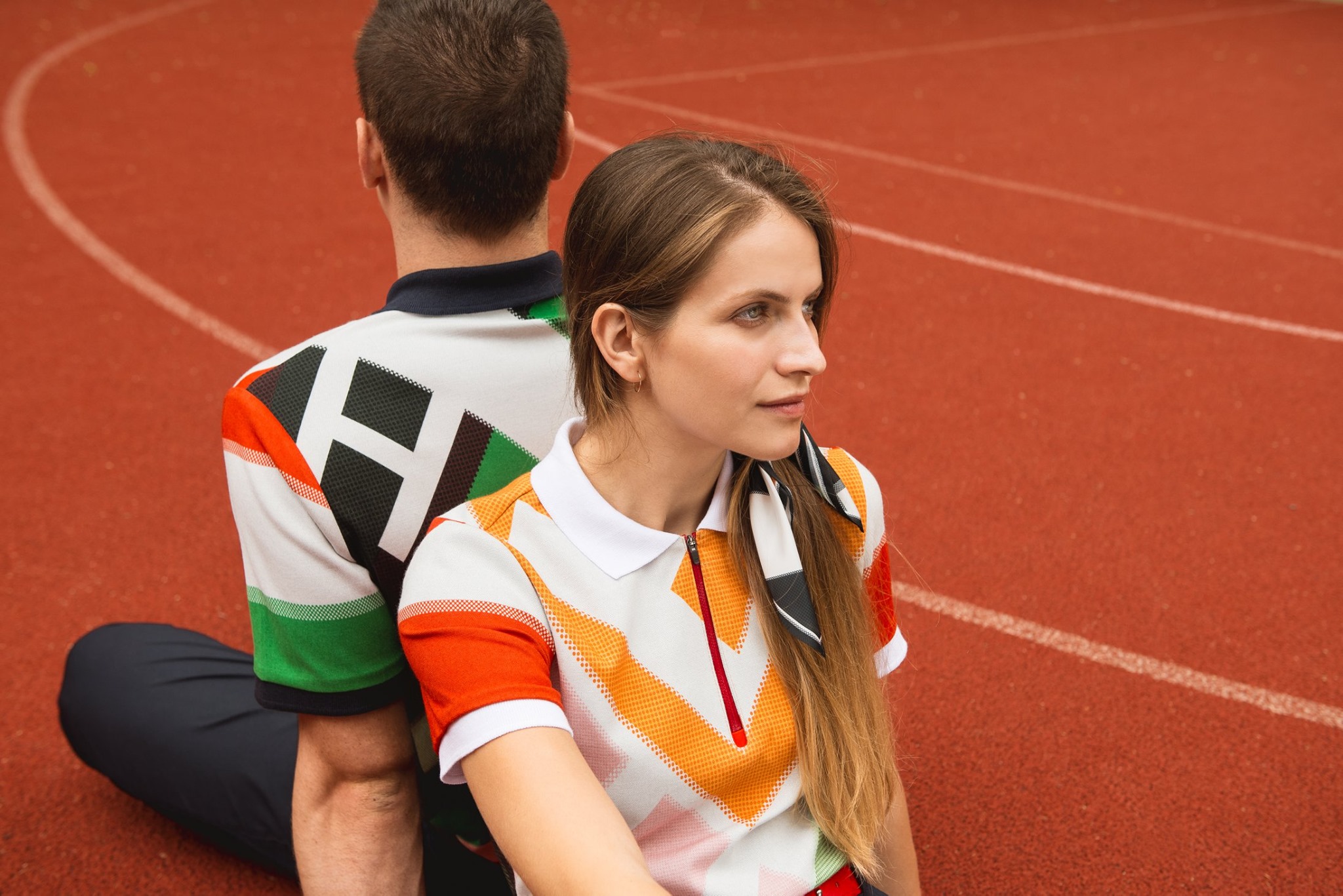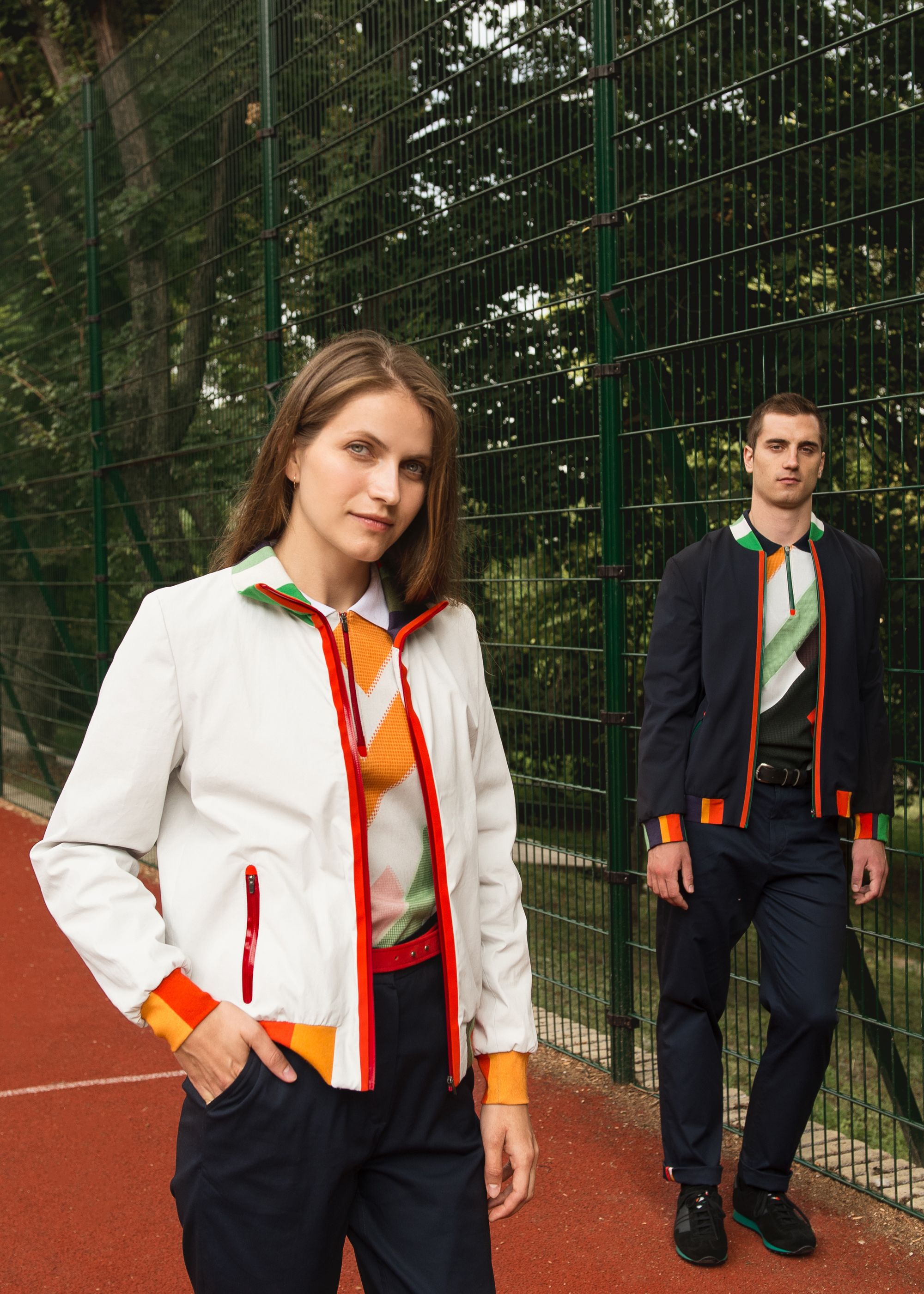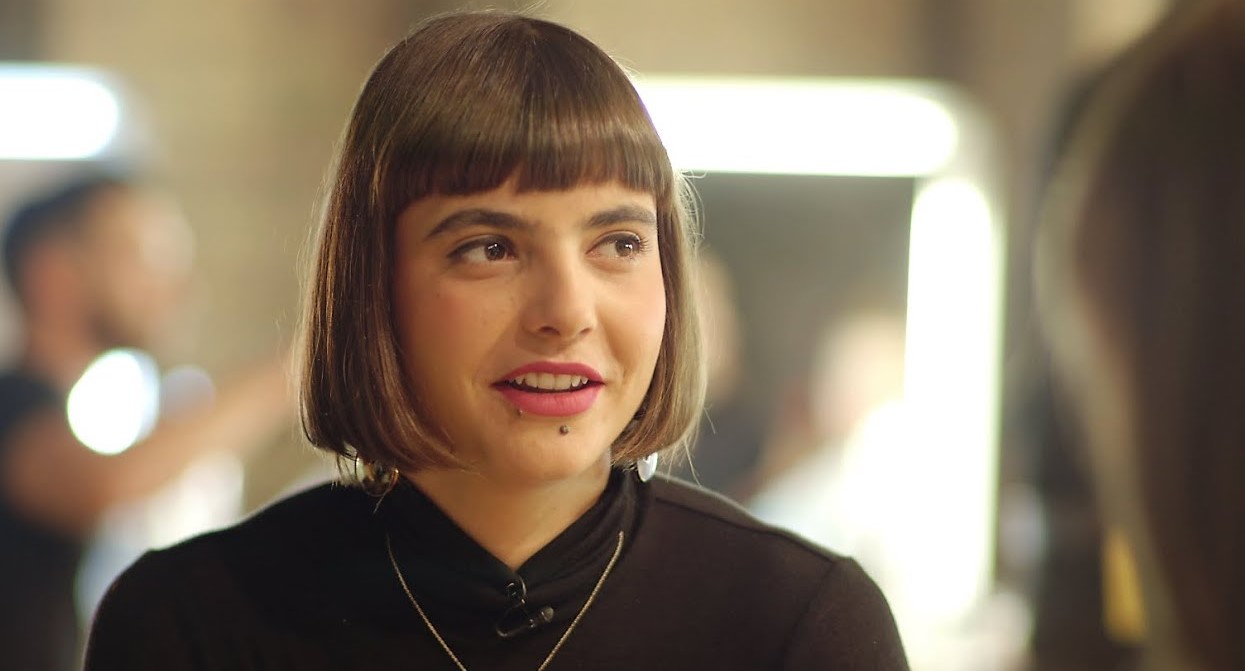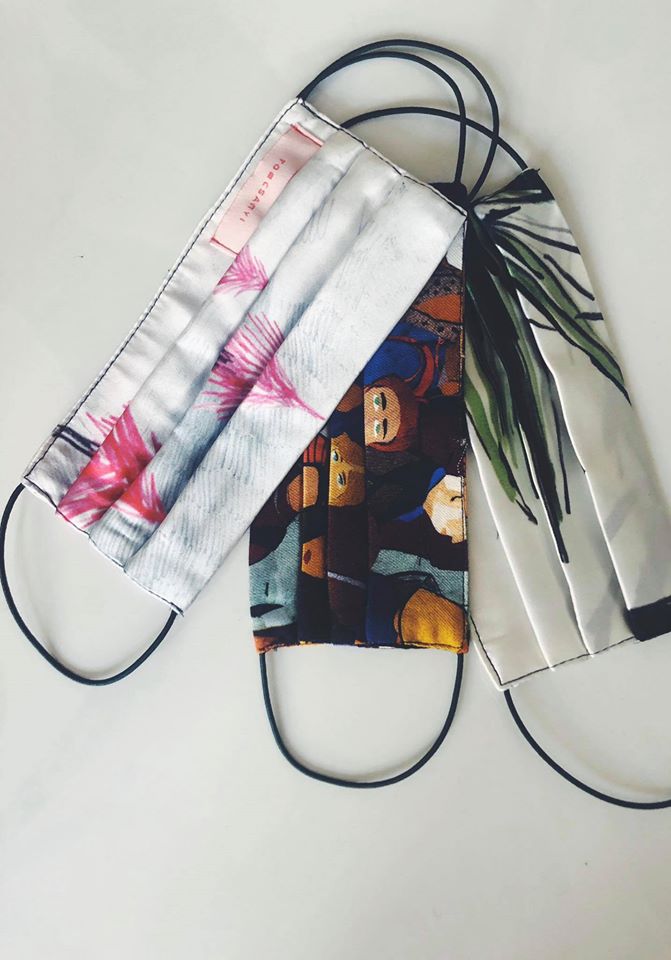Together with Qreator by IQOS, we were going to launch a new events category during this year's edition of Romanian Design Week. It is called DESIGN FLAGS, a series of seven exhibitions that document the evolution of design from international cultural perspectives, which would have been hosted by Qreator by IQOS space.
Because, at the moment, the safest thing for all of us is to #stayhome, but also because we thought of sharing with you the content of these exhibitions, we decided to exhibit these international projects online.
Presented with the help of the Spanish Embassy in Bucharest, the Hungarian Institute in Bucharest, the Czech Centre, Designmuseum Danmark, CHART, Next Nature and KWY.studio, the seven exhibitions investigate new approaches and concerns in design and present innovative ideas and products that manage to redefine the sphere of which they are part.
The second exhibition presented by The Hungarian Institute in Bucharest (Balassi Institute) brings to the public the three finalists and their collections from the athletes’ uniforms contest for the Tokyo Olympics. Also, we have the pleasure of meeting one of the designers, Tomcsányi Dóri.
At the call for the uniform design competition organised by the Hungarian Olympic Committee (MOB) eight designers responded. According to the competition guidelines, the uniforms were supposed to convey elements of the Hungarian culture in a contemporary way, and also to provide the comfort and flexibility that the athletes need.
The three finalist fashion designers are: Tomcsányi Dóri, Nanushka and Nubu, the winner of the competition.
We find out more about Tomcsányi Dóri, one of the finalists, from the interview done by Stilblog, a design and style blog from Hungary. She is the founder of Garden Studio and professor at the University of Art Moholy-Nagy (MOME) from Budapest, in the Textile Design department.


___________
“It’s not a surprise that the recent events have put in a difficult situation the small businesses, among them from the design and fashion sector, which at the present fight to survive. Tomcsányi Dóri is one of the prominent figures of the contemporary fashion design in Hungary. She will tell us about the hopes of current situation, the surviving mechanisms, and about sustainable design in the academic education.”

- How are you Dóri, how much does the current situation affects you?
I am fine, safe and healthy. Me and my daughter Miri are trying to get used to having to stay at home but at the same time we’re trying to enjoy the time spent together.
- How do you spend your time between the four walls of the house? It can’t be easy being confined with a young child while at the same time running the shop and the studio.
It doesn’t matter that I am at home, there are a lot of things to be done. Before lunch I help Mimi with her homework, we learn together, I work, do yoga, we play, keep the online courses and exams for my students, cook and wash the dishes. To be honest, I keep myself very busy and the days pass faster than I expected. I believe loneliness would be my number one enemy, but I don’t worry about this aspect. I am one of the lucky ones who have with whom to share this isolation period.
- How did your days change in the recent weeks? What happened with Garden Studio?
Unfortunately, I had to close the shop. We are still working and doing everything that’s possible to overcome this period without letting people out of their jobs.
- You were forced to repurpose the production line for the Tomcsányi brand. Was it easy to make this change? What is the current strategy?
My initial thought was that anyone who enters Garden to receive a mask so that they can safely spend time in the shop. These masks are made of organic garments, fabric scraps, that we assemble in four layers. As soon as we made the announcement that we are giving away masks, a lot of people came in the store and we were out of masks in the first 30 minutes of opening it. The store was getting crowded, dangerous in the current crisis, so we decided to close it. The interest for clothes disappeared completely, but in turn we received dozens of emails regarding the masks. We had a lot of orders and also donations from which a part we donated further to another organisation that is manufacturing masks for the medical workers. Because of these donations we were able to help the medical system with 250 masks. At one point we stopped accepting donations in fear of tax controls, and we are now selling them on our website. I was criticized for this, but I won’t let the hateful messages bring me down, because at the end of the day I am at peace knowing that I can provide jobs for all my employees.

- How do you plan for the future in these uncertain times?
I can’t. With the last year students from MOME I am in a constant dialogue, trying to figure out how this industry will change. We know we are facing an economic crisis period that will affect each and every business. At the moment, for our industry, there are no tax deferrals, so the debts are as high as they were when we had a steady income. We are trying to be optimistic, be there for each other and respond with love, as this is a source of strength these days.
- For some years now you have been a professor in the textile design department at MOME. What are your thoughts regarding the students’ attitudes towards sustainability and eco-friendly approach?
It is a requirement. For example, at PAIS Panni’s courses, the first-year students had projects specifically developed around sustainability. I do believe this aspect should be mandatory in every designer’s education. I have a class of graduates and each of them are making their collections around sustainability principles, and us as professors have the obligation to teach them to think responsibly. Fortunately, at MOME this is a requirement and the university support 100% the sustainable design. For those working on their diploma projects it’s a difficult period as the university closed and they cannot finish their collections. So, they are already working sustainably as the diploma exam will be entirely digital (drawings, illustrations, photographs, etc.). At the same time, I find it to be an interesting challenge and I’m curious what the results will be. And this is not a unique situation, from Saint Martins to Parsons, they all do the same. This practice will probably cause a change on the long term.
- What do you think, a pandemic of this size with all the financial implications, can put pressure on us, as consumers, to change our habits, to somehow reconsider our consumption patterns? How do you think the current situation will influence the fashion industry?
I believe the big players from the fast fashion industry will survive. Us, as consumers, will have to decide if we want their products. I see around me people that are starting to understand that the small, local businesses are valuable, and I am confident that this sector will be supported by the consumers.
- Knowing your clients, what is your opinion: how aware are the Hungarian consumers and how much do they appreciate the locally, limited series, manufactured products? Does the international market offer more stability?
Unfortunately, this is not a question. Usually 70% of our revenues come from international orders, and even those stopped now. We have a group of clients from Hungary that are supporting us a lot because they appreciate our clothes, but unfortunately, they are a few and their number hasn’t grown in the last eight years.
- When this period ends, how would you like to work in the future? How would the ideal scenario look for you and your brand?
I would like to have the same small studio, and my focus no to be on revenues or profit but on the creation act. Lately this focus has changed and I spent more time as a manager than as a designer. I wish to slow down the rhythm, to rethink my strategy and further my business in a sustainable way. The mindset is to go on in this journey, I don’t want to do anything else, I love creating dresses.
- What is your strategy to keep the spirits up and what do you recommend to our readers?
Friends! Facetime! Every evening we meet with our friends virtually and have fun playing all sorts of online games. It’s the perfect antidot against anxiety.
Interview done by Hoffmann Petra for stilblog.hu.
_______
Design Flags is supported by Qreator by IQOS.
Qreator by IQOS - Home of Creativity is one of the most active promoters and facilitators of creativity in the cultural area of Bucharest. Through the events it organizes or hosts, Qreator by IQOS connects the creative communities of Bucharest with all those passionate about creativity, in all its forms. Qreator by IQOS provides a space where they can express themselves and collaborate, but also the technological resources needed to put their ideas and projects into practice. More information on http://www.qreator.ro and http://www.facebook.com/qreator
The exhibition is part of Design Flags with the support of the Hungarian Institute in Bucharest (Balassi Institute).
The Hungarian Institute in Bucharest opened its doors for the public in 1992. The Institute aims to strengthen and expand cultural relations between Romania and Hungary through its events. These events extend to all artistic fields of contemporary Hungarian culture: fine art exhibitions, concerts of different music genre (classical, jazz, popular), discussions and debates, theatrical performances, films, children's activities and folk-dance evenings. Many of the centre’s events are organized in different cities of Romania.
Where you can find them:
http://www.bukarest.balassiintezet.hu/ro/
https://www.facebook.com/InstitutulMaghiar
https://www.instagram.com/balassibucharest
_______
The Hungarian Institute in Bucharest is also presenting at Design Flags the Magyar Plakát Társaság online exhibition. Check it out!
